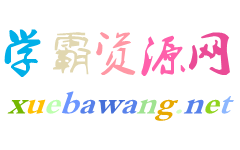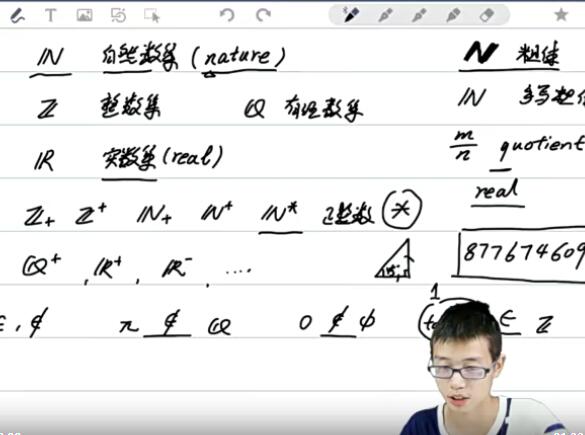今天更个读书笔记吧---Scott Thornbury's 30 language teaching methods
发布于 2021-11-16 16:33 ,所属分类:知识学习综合资讯
这周主要是结束新课,下周一再收个尾就留给学生进行半期复习。
深感自己很没有文化 ,这两周读了一些书报。到教师阅览室把近几期的英语学术期刊浏览了一遍;把课标和课标解读重新读了一遍,然后就是这本书。所以今天就更个这本书的读书笔记吧。
,这两周读了一些书报。到教师阅览室把近几期的英语学术期刊浏览了一遍;把课标和课标解读重新读了一遍,然后就是这本书。所以今天就更个这本书的读书笔记吧。

【书名 】Scott Thornbury's 30 Language Teaching methods
【目标】12月读完
【日期】11月4日
【完成页数】P1—P28
[Reasons why I chose this book]
I could hardly remember the methodology of language teaching that I've learnt in college several years ago. I wanna start over again reading from the beginning just like a beginner, so I chose this book , reread the curriculum standard and read some periodicals in the teachers' reading room in our school this week.
[About this book]
It consists of six parts: natural methods, linguistic methods, communicative methods, visionaries, self-study methods and beyond methods. I read the first chapter in the past few days.
[About chapter 1 natural methods]
The first section looks at a number of methods that are loosely characterized as being "natural"-in the sense that they replicate, or aim to replicate-the processes by which first languages are acquired, or by which second languages are picked up without any formal instruction.
[What I think is useful for my teaching]
1. Basing language learning on "conversations" makes a certain sense. I should design the problem chains in my class with meticulous care.
2. "Uncorrupted" by translation. I sustain teach in English but sometimes I have to translate certain words or structure to Chinese. Maybe I should figure out a way.
3. Extensive reading improves students' reading proficiency. Developing reading interest and ability is of vital importance in senior 1.
4. Variety makes for an interesting class. Learning is actually a thinking process. I should create a total immersion learning experience for my students.
【日期】11月14日
【完成页数】P29—P55
[About chapter 2 linguistic methods]
The six methods are loosely labelled "linguistic methods" since they are driven less by theories of learning than by theories of language. They are "Explication de Texte", "Text Memorization", "Grammar-Translation", "The lexical Approach" and "The Comparative Method".
Explication de Texte: using the book as a kind of corpus, the students were set the task of reading the text, a word at a time, and searching the text for further examples of the same words or structure. Gradually, they were able not only to make sense of the book but also to acquire the basics of the grammar.
Text memorization: using memorized texts as a resource. Work on a written text---listen to a recording---immitate the spoken text---practise at home---set regular tests involving the recall of phrases and sentence patterns---memorize all the texts in the coursebook
Grammar translation: a statement of the rule in learner's L1---a translated list of vocabulary items---translation exercises in and out of the traget language---translate whole texts
The Lexical Approach:notice chunks and appreciate the importance---delibertely target selected sets of chunks and apply techiniques known to help students commit chunks to memory---consolidate knowledge through review.
Text-based instruction: modeling of a chosen genre---identify the overall organization, purpose and linguistic features---construct a new text(drafting---revision---publication/presentation/ interview)
The comparative method: identify cognates in two languages; write bilingual identity texts; raise awareness as to the similarities and differences between the learner's L1 and the target language.
[What I think is useful for my teaching]
1. Involve students collaborating to solve language puzzles in a text.
2. "Critical reading" encourages students to critically engage with and interrogate texts in order to uncover the ideological subtexts.
3. Reliance on rote-learning alone was insufficient. Remind students not to rely on memorizing word lists, but reinforce the learning of words by regualr reading and attempting to put the meorized words to use.
4. Grammar translation method can be applied as a way of texting understanding, and entrenchhing the L2 grammar and vocabulary.
5. Teaching that is based on the rigid separation of grammar and vocabulary misrepresents both the means and the ends of languae learning.
6. Learning to write texts that conform to certain generic features--such as reporting an excursion or a sports event--may be better preparation for second language literacy than simply "free-expression".
7. L1 is not an obstacle to learning the L2, but an asset.








![[职场必备] 1000个PPT精品模板 都是近期的获奖作品 10G 够你用的吧](https://static.kouhao8.com/sucaidashi/xkbb/bc11f12208d5a0beb387c0486d42b051.jpg?x-oss-process=image/format,webp/resize,w_88/crop,w_88,h_88,g_nw)






![[大讲台]30个小时搞定Python网络爬虫_Python网络爬虫视频教程](https://static.kouhao8.com/sucaidashi/xkbb/0376f7d03ea8461178ad0352259f1bbe.jpg?x-oss-process=image/format,webp/resize,w_88/crop,w_88,h_88,g_nw)

![[C语言] 达内C++教程全套视频 超过3个月的学习课程(笔记+代码)](https://static.kouhao8.com/sucaidashi/xkbb/bbd86cdbb3fa3bb4fb568a4350cd10c1.jpg?x-oss-process=image/format,webp/resize,w_88/crop,w_88,h_88,g_nw)


![[其他] 记忆大师卢菲菲:25个窍门让你“过目不忘”音频文件+doc笔记文档 非视频](https://static.kouhao8.com/sucaidashi/xkbb/60e5383bd2b64bd297bae99edc9534ae.jpg?x-oss-process=image/format,webp/resize,w_88/crop,w_88,h_88,g_nw)











相关资源